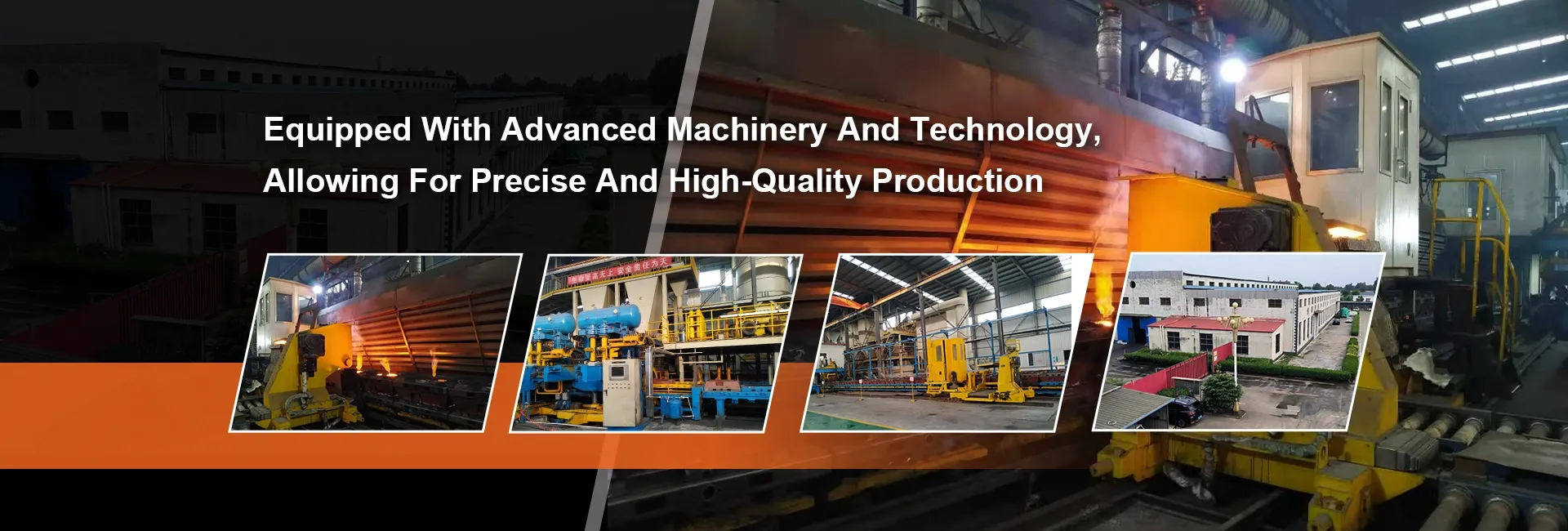
-
 Afrikaans
Afrikaans -
 Albanian
Albanian -
 Amharic
Amharic -
 Arabic
Arabic -
 Armenian
Armenian -
 Azerbaijani
Azerbaijani -
 Basque
Basque -
 Belarusian
Belarusian -
 Bengali
Bengali -
 Bosnian
Bosnian -
 Bulgarian
Bulgarian -
 Catalan
Catalan -
 Cebuano
Cebuano -
 Corsican
Corsican -
 Croatian
Croatian -
 Czech
Czech -
 Danish
Danish -
 Dutch
Dutch -
 English
English -
 Esperanto
Esperanto -
 Estonian
Estonian -
 Finnish
Finnish -
 French
French -
 Frisian
Frisian -
 Galician
Galician -
 Georgian
Georgian -
 German
German -
 Greek
Greek -
 Gujarati
Gujarati -
 Haitian Creole
Haitian Creole -
 hausa
hausa -
 hawaiian
hawaiian -
 Hebrew
Hebrew -
 Hindi
Hindi -
 Miao
Miao -
 Hungarian
Hungarian -
 Icelandic
Icelandic -
 igbo
igbo -
 Indonesian
Indonesian -
 irish
irish -
 Italian
Italian -
 Japanese
Japanese -
 Javanese
Javanese -
 Kannada
Kannada -
 kazakh
kazakh -
 Khmer
Khmer -
 Rwandese
Rwandese -
 Korean
Korean -
 Kurdish
Kurdish -
 Kyrgyz
Kyrgyz -
 Lao
Lao -
 Latin
Latin -
 Latvian
Latvian -
 Lithuanian
Lithuanian -
 Luxembourgish
Luxembourgish -
 Macedonian
Macedonian -
 Malgashi
Malgashi -
 Malay
Malay -
 Malayalam
Malayalam -
 Maltese
Maltese -
 Maori
Maori -
 Marathi
Marathi -
 Mongolian
Mongolian -
 Myanmar
Myanmar -
 Nepali
Nepali -
 Norwegian
Norwegian -
 Norwegian
Norwegian -
 Occitan
Occitan -
 Pashto
Pashto -
 Persian
Persian -
 Polish
Polish -
 Portuguese
Portuguese -
 Punjabi
Punjabi -
 Romanian
Romanian -
 Russian
Russian -
 Samoan
Samoan -
 Scottish Gaelic
Scottish Gaelic -
 Serbian
Serbian -
 Sesotho
Sesotho -
 Shona
Shona -
 Sindhi
Sindhi -
 Sinhala
Sinhala -
 Slovak
Slovak -
 Slovenian
Slovenian -
 Somali
Somali -
 Spanish
Spanish -
 Sundanese
Sundanese -
 Swahili
Swahili -
 Swedish
Swedish -
 Tagalog
Tagalog -
 Tajik
Tajik -
 Tamil
Tamil -
 Tatar
Tatar -
 Telugu
Telugu -
 Thai
Thai -
 Turkish
Turkish -
 Turkmen
Turkmen -
 Ukrainian
Ukrainian -
 Urdu
Urdu -
 Uighur
Uighur -
 Uzbek
Uzbek -
 Vietnamese
Vietnamese -
 Welsh
Welsh -
 Bantu
Bantu -
 Yiddish
Yiddish -
 Yoruba
Yoruba -
 Zulu
Zulu
Enhancing the Efficiency and Effectiveness of Drum Brake Systems in Modern Vehicles for Optimal Performance
Improving Drum Brake Performance Key Strategies for Enhanced Safety and Efficiency
Drum brakes have been a staple in the automotive industry for decades, providing reliable stopping power for various vehicles. While modern braking systems, such as disc brakes, have gained popularity due to their advanced technology and performance, drum brakes still play a crucial role, especially in older vehicles and some commercial applications. Improving drum brake performance is essential for ensuring safety, maximizing efficiency, and prolonging the life of the braking system. Here, we explore several strategies to enhance drum brake performance.
1. Regular Maintenance and Inspection
Regular maintenance is critical for ensuring optimal drum brake performance. Routine inspections should be conducted to check for wear and tear on brake shoes, drums, and hardware. Brake linings should be examined for thickness, and any signs of glazing or contamination should be addressed immediately. Proper lubrication of contact points and components can reduce friction and allow for smoother operation. By keeping the drum brake system well-maintained, drivers can prevent issues before they escalate, ensuring safer and more efficient braking.
Upgrading components within the drum brake system can significantly improve performance. Using high-quality brake shoes with better friction materials enhances stopping power and reduces stopping distances. Additionally, replacing worn drums with new ones helps maintain the correct clearance and ensures that the shoes make proper contact. Some aftermarket companies also offer performance-oriented drum brake kits that provide improved materials and designs, enhancing the overall efficiency of the braking system.
3. Proper Adjustment
Drum brakes require proper adjustment to function effectively. Over time, brake shoes wear down, which can create excess space between the shoes and the drum, leading to reduced braking efficiency. Regularly adjusting the brake shoes can help maintain the optimal distance and ensure maximum contact with the drum surface. Many vehicles come equipped with self-adjusting mechanisms, but these may require periodic inspection to ensure they are functioning correctly. Manual adjustments may also be necessary, particularly in older vehicles.
improve drum brake performance

4. Enhancing Cooling
Heat resistance is a vital aspect of brake performance. Drum brakes can become overheated during prolonged use, leading to brake fade, reduced effectiveness, and increased wear. To combat this, enhancing the cooling capabilities of the drum brake system can be beneficial. Installing vented drum designs allows for better airflow, helping to dissipate heat more effectively. Additionally, ensuring that the brake components are free of debris and dirt can help maintain proper cooling, allowing for consistent performance.
5. Weight Management and Load Distribution
Weight management and load distribution play a significant role in braking performance. Overloading a vehicle can place excessive stress on the drum brake system, decreasing its effectiveness. Proper load distribution ensures that weight is evenly spread across the vehicle, enhancing stability and braking efficiency. When towing or carrying heavy loads, it is crucial to factor in the vehicle's weight limits and adjust accordingly to prevent potential braking issues.
6. Education and Awareness
Lastly, educating drivers about the importance of proper braking techniques and knowledge of their vehicle’s braking system is crucial. Understanding how to use brakes efficiently, such as avoiding sudden stops and allowing for gradual deceleration, can help reduce wear on drum brakes and improve overall performance.
In conclusion, improving drum brake performance requires a combination of regular maintenance, proper adjustments, and component upgrades. By taking proactive measures to enhance braking efficiency, drivers can ensure safer and more reliable operation of their vehicles. As the automotive landscape continues to evolve, understanding and refining traditional braking systems remains a key element in maintaining road safety.
-
What Are Drum BrakesNewsJul.07,2025
-
Understanding Brake Drum MaterialNewsJul.07,2025
-
Semi-Trailer Brake Drum: A Key Component for Extreme Loads and Long-Distance TransportNewsJul.07,2025
-
Drum Brake Pads for SaleNewsJul.07,2025
-
Brake Drums for SaleNewsJul.07,2025
-
Brake Drum ManufacturerNewsJul.07,2025
-
Aluminum Brake Drums: The Future of High-Performance CarsNewsJul.07,2025
